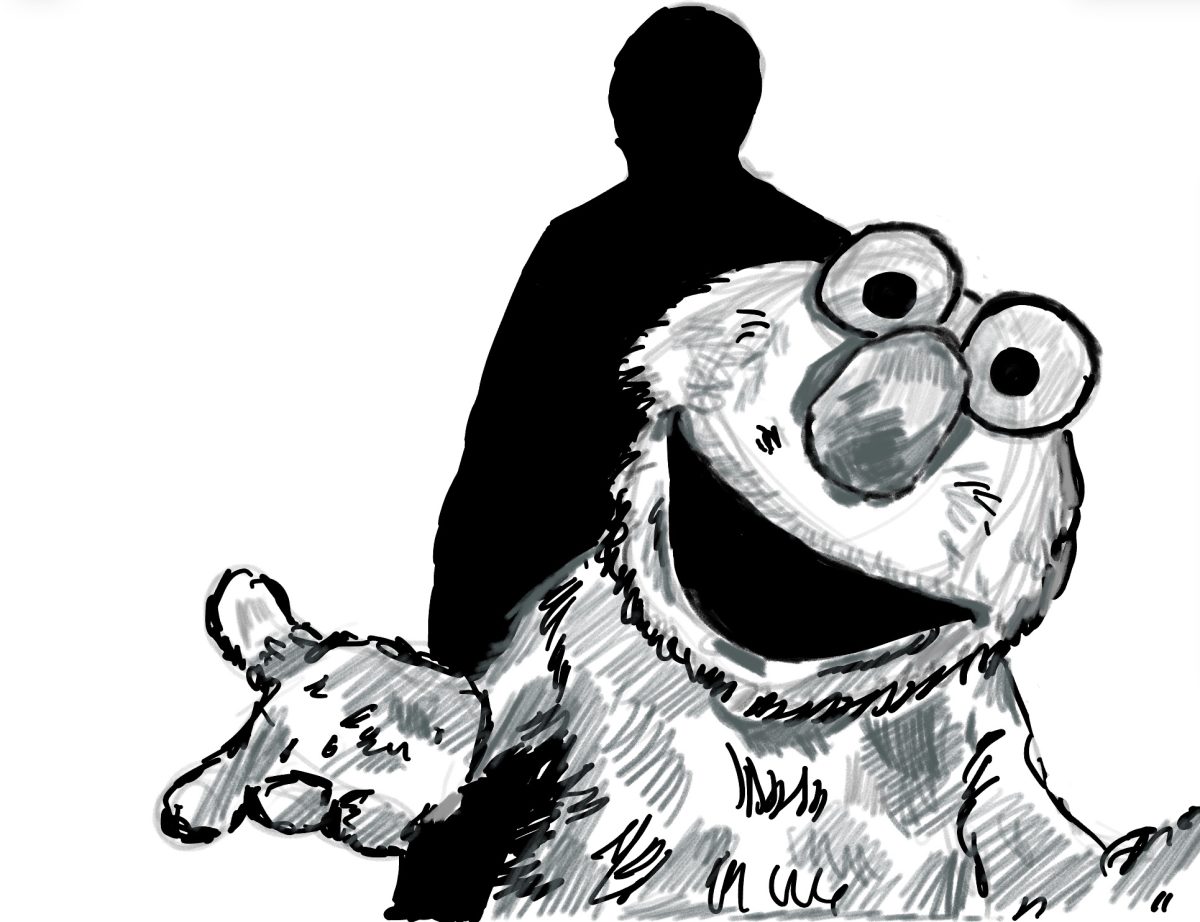For many Americans, Sesame Street was a childhood staple. The show taught us everything from the alpha bet to how to be a loyal friend, and presented iconic characters with unmatched voices. Elmo in particular was one of the many puppets on Sesame Street who’s dialect and attributes resonate in my mind as I approach adulthood. His curious eyes and lighthearted personality are forever held in the hearts of many, as he represents the joy of learning that is often left behind with age. Through Sesame Street, Elmo is given depth and emotion. Most of all, Elmo and Sesame Street represent the innocence of youth.
Despite the carefree nature of Elmo, his voice actor does not emulate these values. Kevin Clash who voiced Elmo for nearly three decades, is a deeply flawed figure who’s misdeeds take away from the beauty of the art he created.
Kevin Clash, a 64-year-old man from Baltimore, was the creator and historic voice of Elmo from 1985 to 2012, resigned after sexual abuse allegations were brought to light. The allegations surfaced from three men who claimed that, when they were underage, Clash coerced them into sexual relationships. Though the allegations were eventually dropped, the harm of his actions taint Clash and Elmo.
In response to these claims and his resignation, Clash said in a statement to CNN, “I am a gay man…I have never been ashamed of this or tried to hide it, but I felt it was a personal and a private matter.” Moreover, Clash is a Black man who, standing at six feet tall, is not American society’s picture of an artist. In this America, Clash is not permitted to be the creator of something as whimsical and unique as puppets.
I struggle to draw the boundary between art and artist; it is a line that constantly changes and sways to subjectivity. Oftentimes, the art and artist in question are riddled with faults. In those faults, however, lie complexities, waiting to be picked apart.
I remember watching the 2011 film Being Elmo: A Puppeteer’s Journey with my father—a Black documentary and film artist—when I was nine. The film chronicled Clash’s early beginnings in Baltimore, and how he used voice acting and puppeteering as an emotional outlet. I was young enough to not be wholly aware of the “isms” that plague the modern world but surrounded by enough of them to feel emboldened by Clash’s story. He had stepped into a role that I never before seen, and that the nation had certainly never before acknowledged.
While it may be true that Clash represents an important untold story in mass media, his identity alone does not serve as a dismissal to the harm he perpetrated. Although an artist is not necessarily always reflected in their art, as some may argue, it is a disservice to the victims of abuse to persist in our support of art that is curated by a corrupted individual. We as consumers must ask ourselves: Do we dismiss Elmo as yet another “word we aren’t allowed to say,” or do we continue to feed Sesame Street to our children, knowing full well of Clash’s misconduct? Or do we find an alternative way of thinking; one that is not so simplistic?
At the end of the day, art cannot be separated from its creator, no matter how much I sometimes wish it could. They must be considered in tandem, not as realities that exist in a vacuum. Art, in all its forms, is fabricated with the purpose of expanding the mind. If the artist lacks morals—in the case of Clash, if an artist takes advantage of others and abuses power to the worst degree then the art—Elmo—must be viewed through a polluted lens.
This article also appears in our January 2025 print edition.









